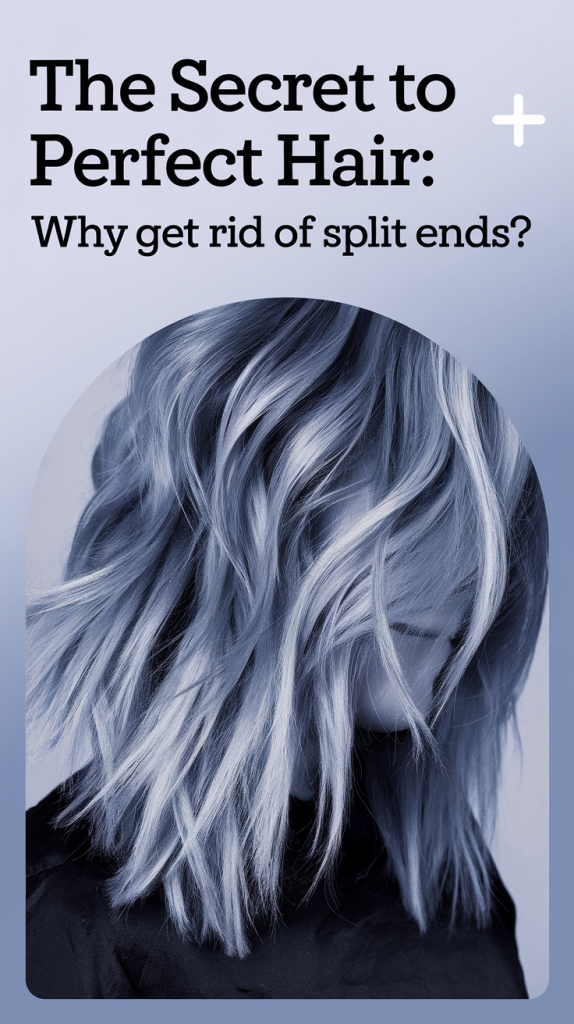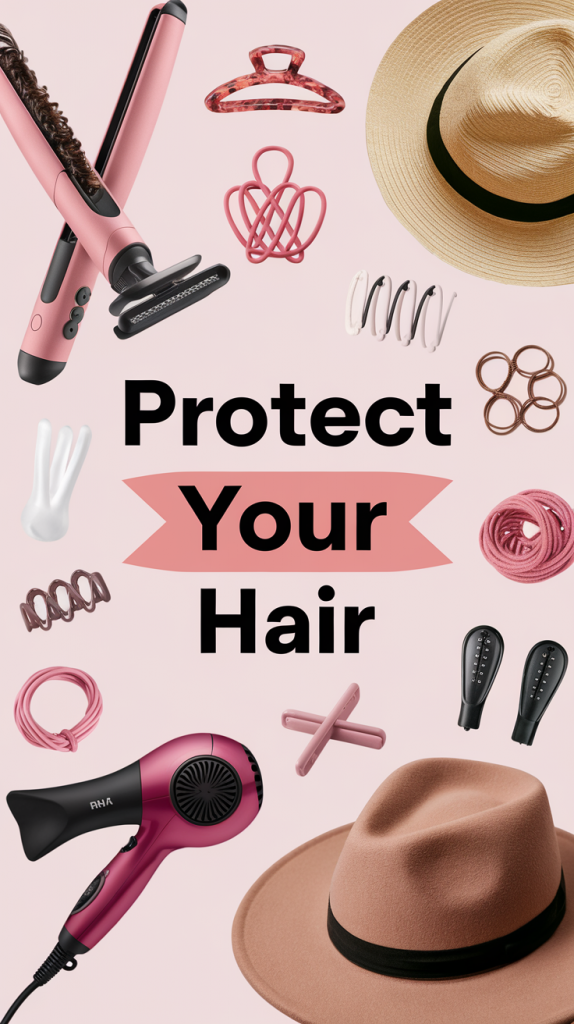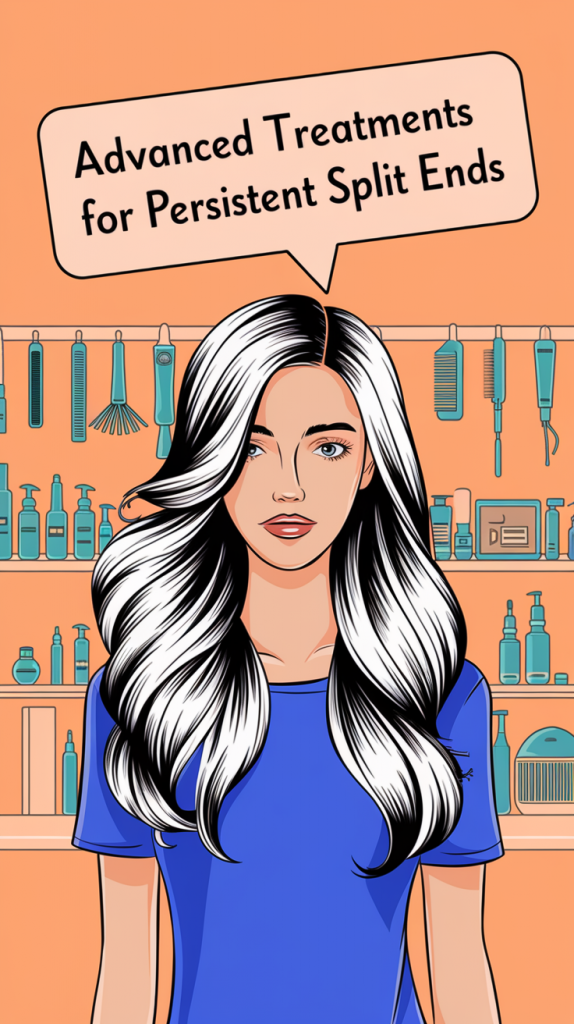The Secret to Perfect Hair: Say Goodbye to Split Ends Forever
The Secret to Perfect Hair: Why Get Rid of Split Ends?

Perfect hair isn’t just about luck—it’s about understanding what your hair needs and giving it the care it deserves. For me, the journey to healthier hair started with tackling one of the most common yet underestimated issues: split ends. These tiny, seemingly harmless hair imperfections can silently wreak havoc on your overall hair health. Let me guide you through why addressing split ends is essential and how you can achieve the gorgeous hair you’ve always wanted.
Why Do Split Ends Happen?
Understanding the Root Cause
Split ends occur when the outer protective layer of your hair (cuticle) is damaged, exposing the inner layers to further harm. This leads to the hair strand splitting into two or more parts.
Key Causes of Split Ends
| Cause | Description |
|---|---|
| Heat Styling | Frequent use of straighteners, curling irons, etc. |
| Chemical Treatments | Coloring, bleaching, or relaxing hair excessively. |
| Environmental Stressors | Sun exposure, pollution, and harsh weather. |
| Mechanical Damage | Over-brushing, tight hairstyles, and poor tools. |
Why It’s Vital to Eliminate Split Ends
The Consequences of Neglecting Split Ends
- Stunted Hair Growth: Hair appears to stop growing as split ends cause breakage.
- Dull Appearance: Split ends make hair look dry and lifeless.
- Weakened Structure: Neglected split ends can travel up the strand, compromising hair strength.
How to Treat and Prevent Split Ends
Step 1: Regular Trimming
Regular trims are a must. I once went six months without cutting my hair and regretted the brittle, uneven ends. Now, I trim every 6–8 weeks, and the difference is night and day.
| Trim Frequency | Hair Type |
|---|---|
| Every 6–8 weeks | Normal to thick hair |
| Every 8–12 weeks | Fine or thin hair |
Step 2: Protect Your Hair

- Heat Tools: Always use a heat protectant before styling.
- Accessories: Choose hair ties without metal parts to avoid breakage.
- Weather Protection: Shield your hair with scarves or hats during extreme weather.
Step 3: Hydrate and Nourish
Incorporating hair masks has been a game-changer for me. My favorite DIY remedy involves mixing one ripe avocado with a tablespoon of coconut oil and honey. It leaves my hair feeling soft and nourished.
Step 4: Tailor Your Routine
Every hair type deserves a customized approach:
- Curly Hair: Focus on moisture-rich products to define curls.
- Straight Hair: Lightweight oils add shine without weighing it down.
- Fine Hair: Volumizing sprays help maintain bounce and body.
Step 5: Prioritize Your Health
Your hair reflects your overall well-being. I noticed my hair improved dramatically when I added foods like salmon, nuts, and spinach to my diet. Staying hydrated and managing stress also made a big difference.
Advanced Treatments for Persistent Split Ends

If you’re looking for more intensive options, consider salon treatments like keratin bonding or deep-conditioning therapies. I tried a split-end trimmer last year, and it worked wonders without sacrificing length.
FAQs
1. How often should I trim my hair?
I recommend every 6–8 weeks to prevent damage from spreading.
2. Can split ends be repaired?
Unfortunately, no. Products can temporarily seal them, but the only permanent fix is trimming.
3. What are the best natural remedies?
Try a DIY mask with avocado, coconut oil, and honey for hydration and shine.
4. Does stress affect hair health?
Absolutely. Stress can weaken hair follicles, leading to increased damage.
5. How can I protect my hair daily?
Use a silk pillowcase, apply a heat protectant, and avoid tight hairstyles.
Conclusion
Healthy, stunning hair is achievable when you address the root of the problem: split ends. With consistent trims, protective care, and a little extra nourishment, you’ll notice a remarkable transformation in your hair’s texture, shine, and strength. Don’t wait—start your journey to perfect hair today!
